Imagine the excitement of launching your amazing app to the world. Downloads skyrocket, reviews pour in, and you’re on top of the world. But then something shifts. Downloads slow, engagement dips, and your once-buzzing app starts feeling lonely. After all, what’s the point in developing a mobile app if no one uses it?
This is where mobile app retention comes in. It’s the art of keeping those initial users excited and coming back for more. And implementing effective app retention strategies ensures users stay on your mobile app for a long time.
But why is maintaining a healthy app retention rate important?
If you observe the graph below, the number of new users acquired on Day 1 is projected at 91% and as time passes by the graph only dips at 31% on Day 7. On average, a mobile app notifications can expect to retain only about 7.5% (approximately) of its users beyond the first month.
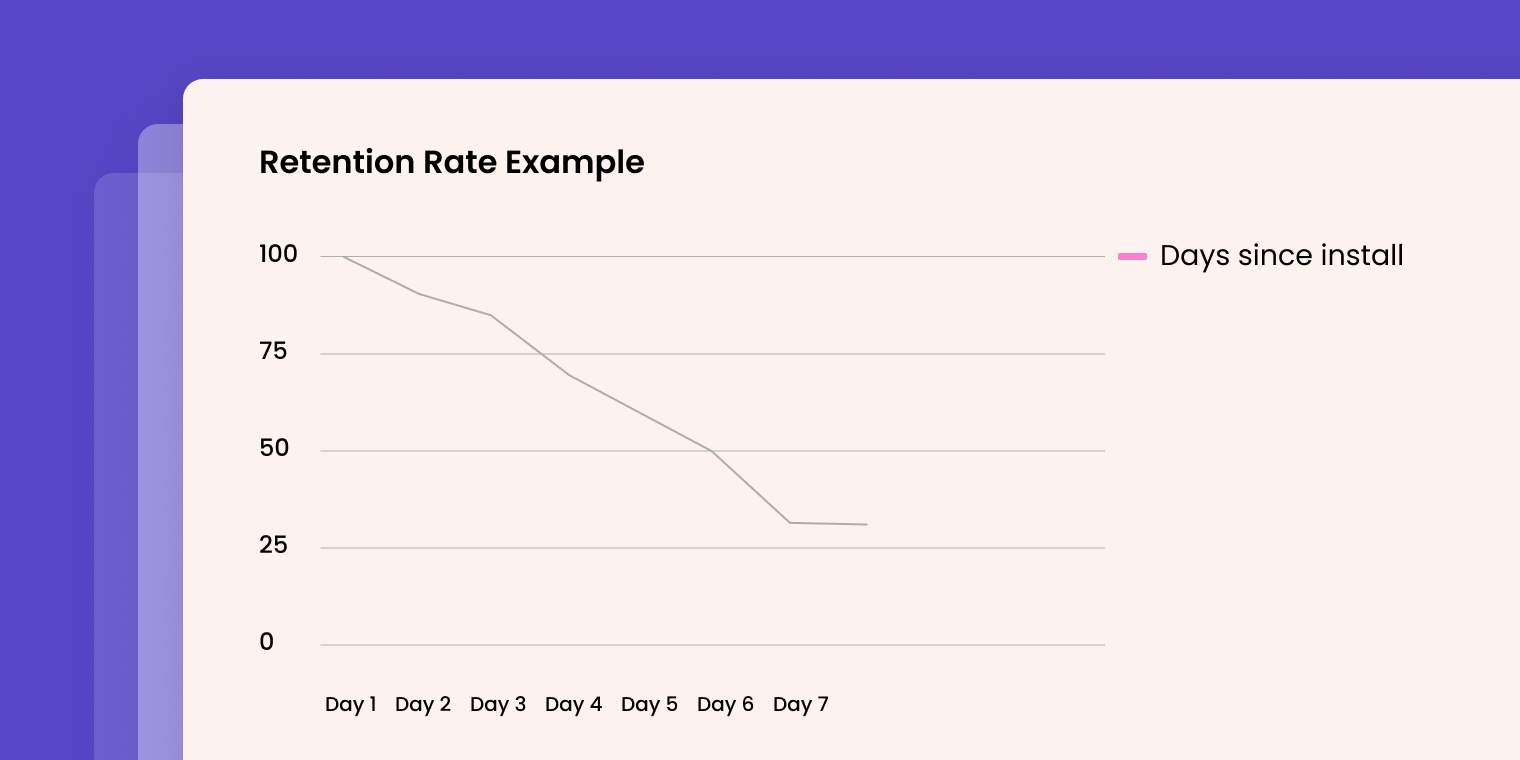
This is a big problem since it costs so much to acquire new users. Research indicates that Customer Acquisition Costs (CAC) have increased by 60% over the past five years, reaching an average of $29 per user.
With the cost of acquisition so high, implementing an app retention strategy is not just an option but a necessity to ensure a healthy ROI.
In this article, we’ll look at eight effective app retention strategies, offering insights into the best practices for how to retain users on the app. But before we get to that, let’s talk about mobile app engagement.
What is mobile app engagement?
Mobile app engagement is all about how users interact with mobile applications. Measuring how users interact with your mobile app is vital, as this allows you to determine its success or failure thereof.
You can measure your mobile app engagement with the following metrics:
- Number of downloads: Obviously, the more downloads you have, the better. After all, you can’t retain users you never had.
- Active mobile app users: This is how many people use your mobile app regularly. As such, it’s an essential metric for user retention.
- Session interval: This is the time between two consecutive sessions of your mobile app. It shows how often someone opens and uses your mobile app. This can determine stickiness.
- Session length: Quite simply, this is how long people spend on your mobile app in one sitting. The longer the session, the better.
- Lifetime revenue: This is the total revenue that you earn from a user before they stop using your mobile app. It can be measured through a monthly average of either advertising revenue or purchase value per user.
Measuring user engagement gives you a clearer picture of your ROI. You’ll also develop a closer relationship with your user. It’s best to measure this continuously so you can optimize your mobile app as needed in line with your marketing and business goals.
How to Calculate the App Retention Rate
The app retention rate is a mobile app metric that tells you the percentage of users who continue to use your app over a specific period after their initial download or first use. It’s an indicator of how engaging and valuable your app is to your users.
Understanding how to calculate the app retention rate is essential for measuring the success of your mobile app in retaining users.
To calculate this rate, follow these steps:
Select a time frame: This could be a week, a month, a quarter, etc. The time frame should reflect the nature of your app’s usage patterns.
Determine the initial user count: Count how many new users started using your app at the beginning of your chosen time frame.
Count the retained users: At the end of the time frame, count how many of those initial users are still actively using the app.
Calculate the Rate: The formula for the retention rate is:
Retention Rate = ( Number of Retained Users/Initial Number of Users) × 100
Let’s illustrate this with a simple example:
Imagine you launch a new feature in your app.
At the start of the month, your app gains 1,000 new users. By the end of the month, 700 of these users are still actively using the app.
Using the formula, the retention rate would be calculated as:
Retention Rate = (700/1000) × 100 = 70%
This means that 70% of the users who tried your app at the beginning of the month found it valuable enough to continue using it by the end of the month.
What is a Good Retention Rate for Apps?
Determining a “good” retention rate for mobile apps can vary based on several factors, including the type of app and industry benchmarks. App retention rates are generally challenging to maintain, with many users often disengaging from apps within the first 30 days. Typically, a retention rate ranging from 10% to 30% after 90 days is considered good.
Industry benchmarks
However, in recent years, the overall retention rates for mobile apps have shown some fluctuation. For example, in 2022, global median retention rates were 25% on Day 1, 9% on Day 14, and 6% on Day 30. These figures represent a slight decline from previous years, illustrating the app market’s competitive nature and users’ increasing expectations.
By app category
Retention rates also vary significantly across different app categories.
For instance:
Fintech and lifestyle apps had a day 30 retention rate of 9%.
Health & fitness and social apps followed closely with a 7% retention rate on day 30.
Gaming apps, which often have high initial engagement, saw a day 30 retention rate of 6%.
With that in mind, let’s talk about how to increase user retention.
- Track data from the start
- Optimize your mobile app’s onboarding flow
- Personalize user experiences
- Use gamification to increase engagement
- Implement push notifications
- Use in-app messages
- Offer perks to engaged users
- Continually develop and optimize
1. Track data from the start
The best approach for measuring your mobile app retention here is, to begin with, cohort analysis. This is when you group different users based on their behavior in a given time frame.
The key here is to identify different broad reasons why users stop using your mobile app. You can then take the appropriate action to retain each of these groups.
Your cohort analysis can take just about any data into account. For instance, you can use heatmaps to visualize your users’ touch gestures while they use your mobile app. If you do this, you can gain an understanding of the various obstructions your user faces when using your mobile app.
You can also create and audit visual recordings. These let you replay actual user sessions to identify trends in how people use your mobile app during a particular time frame after downloading.
2. Optimize your mobile app’s onboarding flow
First impressions are critical. In-app development, this is known as onboarding. After all, when a user launches a mobile app for the first time, he wants an experience that is seamless and enjoyable.
A mobile app onboarding experience can be classified into three categories:
- Benefit-oriented onboarding highlights the value that the user can get out of a mobile app. Here, it is best to showcase what the mobile app can do for the user in a few slides with clear language.
- Function-oriented onboarding, on the other hand, is used if your mobile app has a large number of features for your users to learn.
- Progressive onboarding shows mobile app users the features in a particular sequence. If your mobile app has a complex functionality, this type of onboarding is the best.
The main thing to remember about user onboarding is that it’s all about psychology. If you manage to give your users that feeling of success and accomplishment with your mobile app, you can be confident they’ll keep coming back.
As far as the boring legal stuff goes, you need to present how you’ll process users’ data in informal and straightforward terms. You should also provide as much context as possible to build trust.
Additionally, keep in mind that people are lazy. Make sure the mobile app navigation does not take more than two to three steps. Also, make log-ins and account creation easy and don’t overload users with information at the start.
Check out the sign-up for Microsoft Word. You only need to type in your email address, phone number, or Skype account. The mobile app doesn’t bombard you with too much information or waste your time.
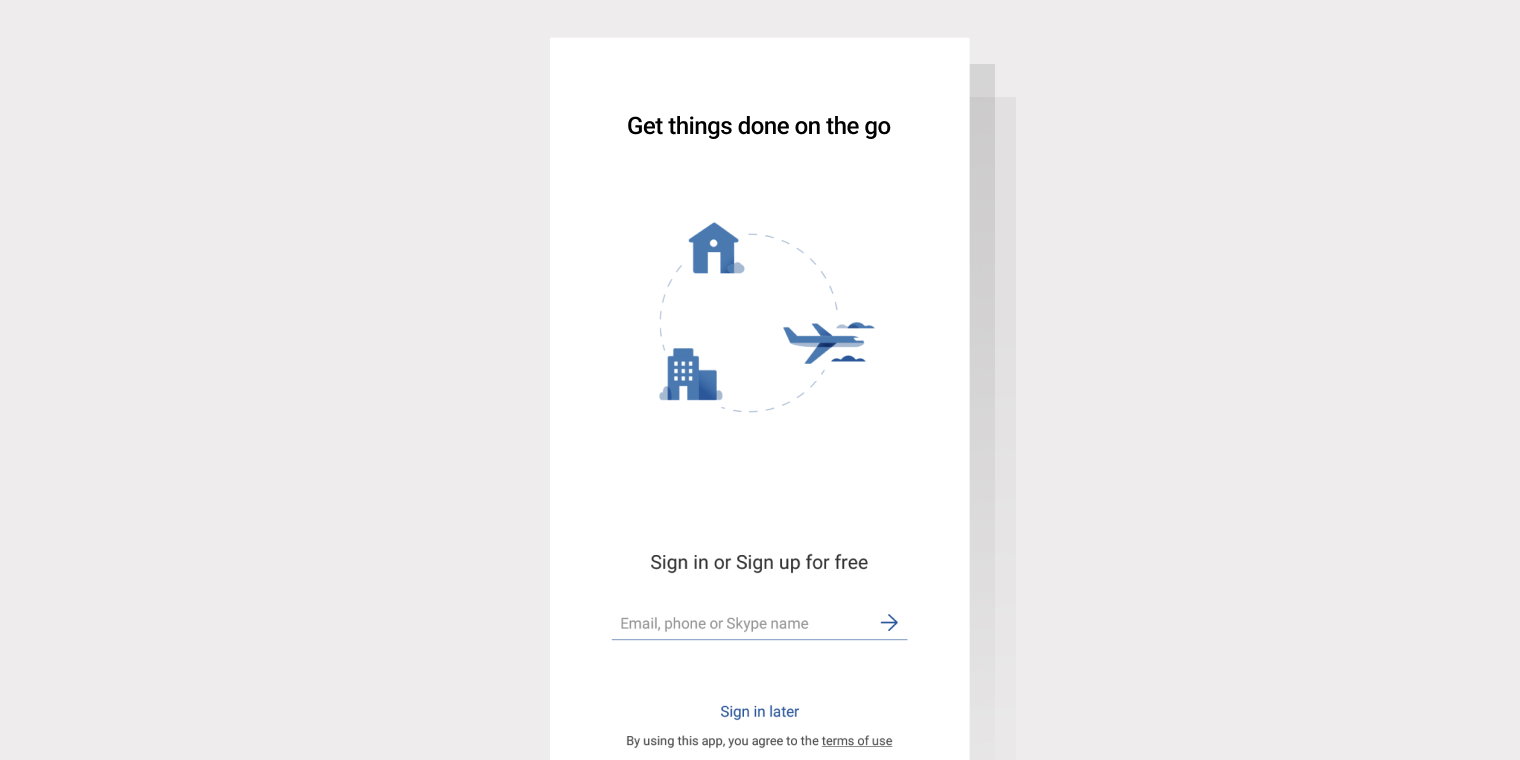
3. Personalize user experiences
Another way to increase mobile app retention is to tailor-fit the mobile app experience to the user. Personalizing the user experience can help you differentiate your mobile app from competitors and keep your users engaged.
It also helps to build your mobile app’s user loyalty.
The more you know about your users, the easier it is to personalize their experiences. You can create personalized experiences using both static or dynamic factors;
- Static personalization uses factors that don’t change. For example, it can be as simple as placing your user’s name in a notification.
- Dynamic personalization is more focused on behavioural factors. The most straightforward example of this is a customer’s purchase history.
Take note, however, only of that data that your user will allow you to track for customization. You don’t want to be accused of being too invasive by using data that is considered too private, after all.
Other natural ways to personalize experiences include cart abandonment emails and personalized recommendations. Similarly, Google Playstore suggests mobile apps that are similar to what the user has previously downloaded.
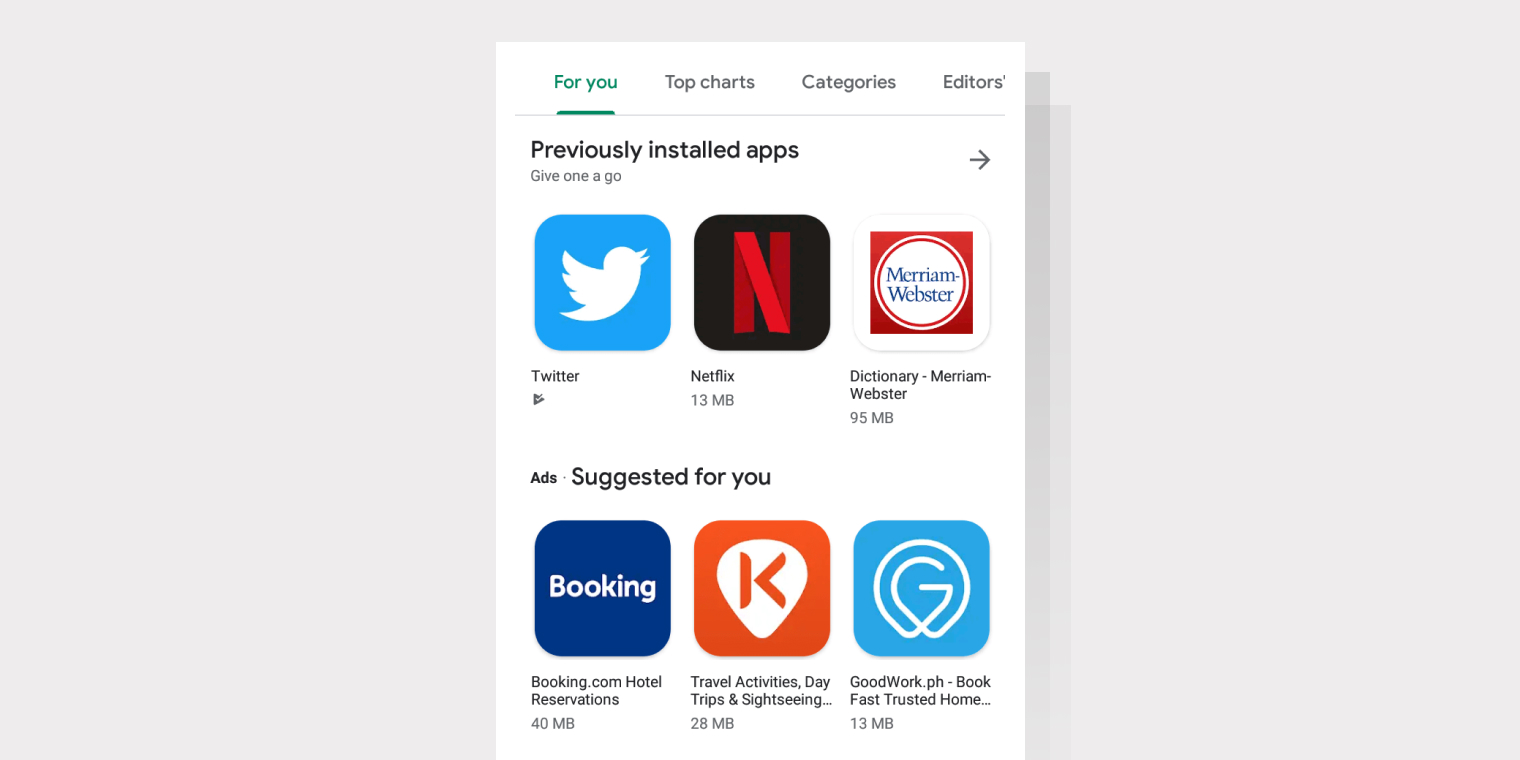
4. Use gamification to increase engagement
A study by Apptentive found that the average mobile game retains 36% of its customers after the first week. This is considerably better than any other kind of mobile app.
You don’t need to be Angry Birds to take advantage of these findings. In fact, it’s increasingly common to use game-like features in ordinary mobile apps. This is called gamification.
Game-like features are the kinds of things that make using your mobile app seem fun and rewarding. Most often, these are incentives, like accumulating points for taking certain actions.
For example, in a reading mobile app, you could assign a level to the user depending on the number of stories he or she has read for the day.
The Samsung Health app, for example, packages a personal workout as an opportunity to reach personal goals:
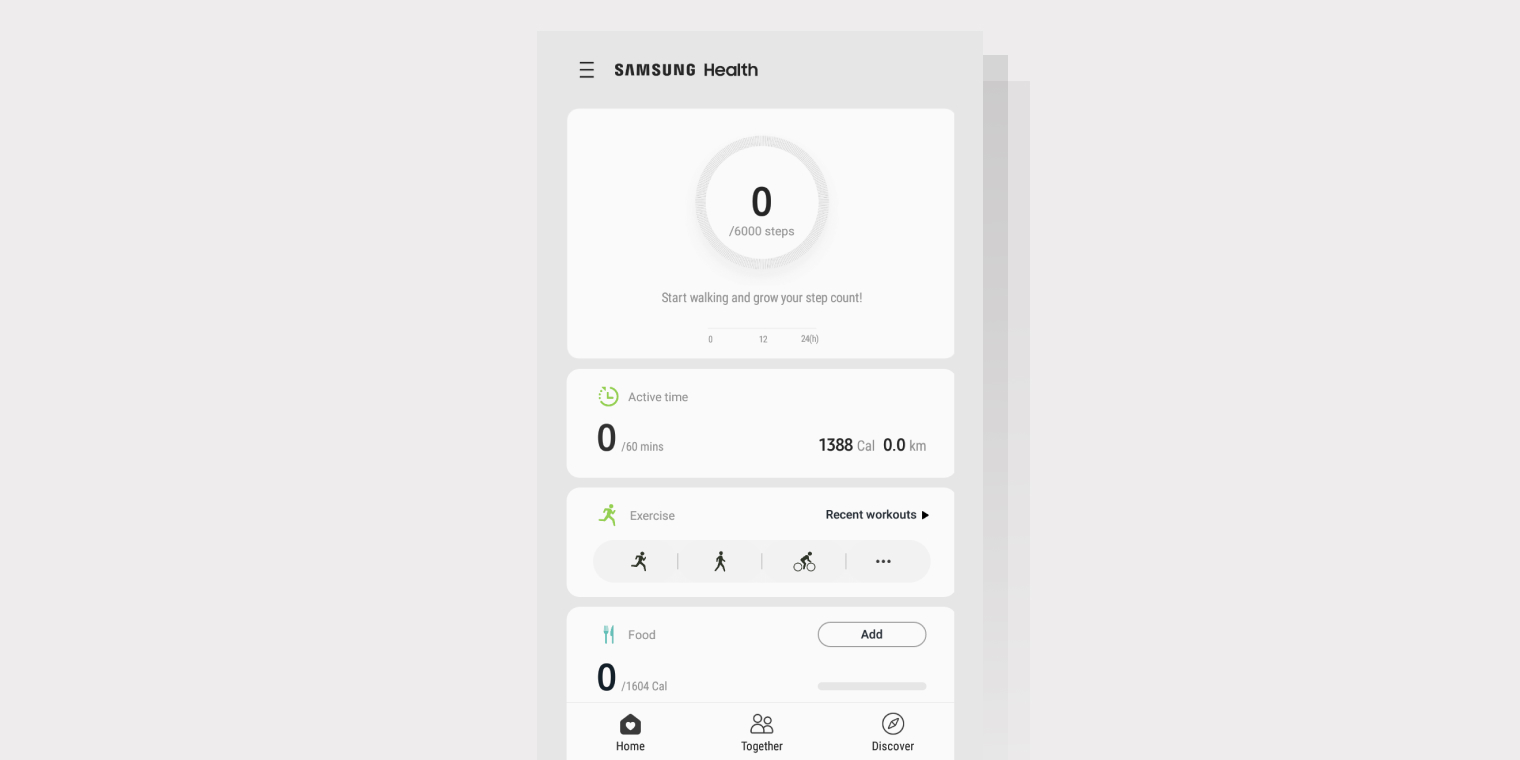
5. Implement push notifications
Push notifications are messages that pop up on a user’s mobile device. Push notifications help to deliver timely & relevant information to users even if the user is not active on the mobile app. Users are typically asked whether they wish to receive these notifications.
Mobile push notifications act as a catalyst to establish effective user engagement in the form of informative, promotional, transactional, survey notifications. This further leads to relevant user retention. Which means, only those users who are most likely to make repeat purchases on your mobile app will stay along for long.
As such, getting users to enable notifications is a top priority. To improve your app retention rate, follow these tips:
- Pick the right time: Don’t send push notifications to all your users at the same time. Remember that most of your users will most probably be in different time zones.
- Customize notifications: Personalize your approach when sending push notifications. Do this by tracking your user’s in-app behaviour, as above.
- Don’t overdo it: Don’t bombard your users with too many notifications. In the same manner, don’t send them too infrequently.
You can also use notifications to build trust. Almost all blue-chip companies notify users when there’s a new sign-in on their account. This is crucial, as today’s users are more security conscious than ever before.
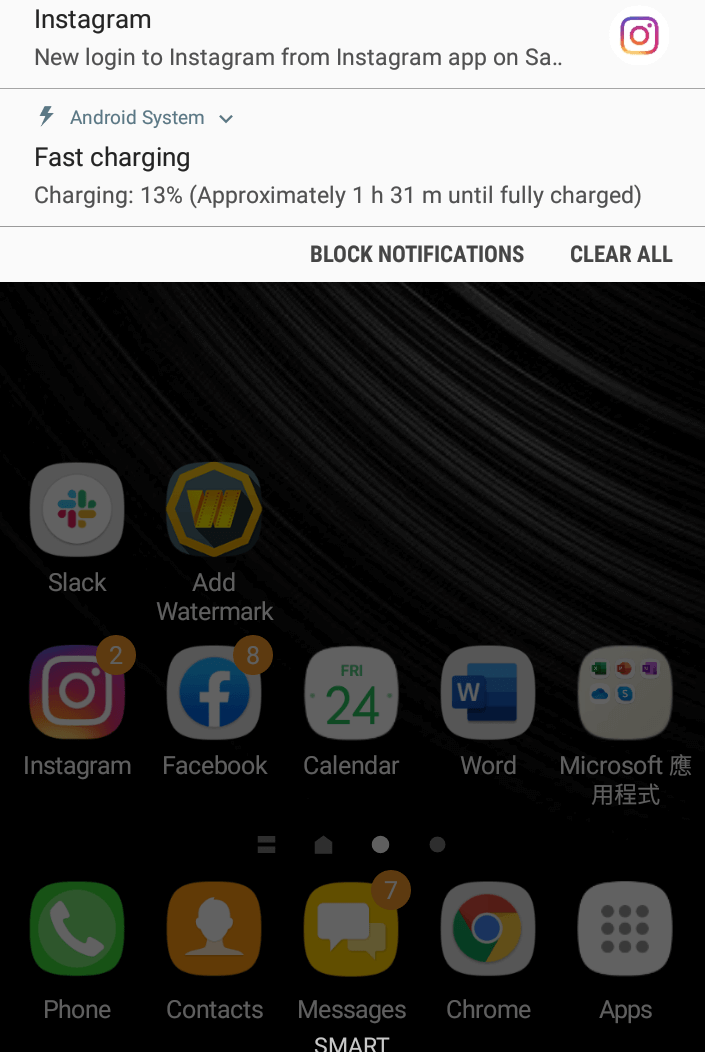
6. Use in-app messages
Over 80% of users spend most of their time on a smartphone. This means most of these users are constantly engaged with mobile apps. So, how do these mobile apps manage to keep their users engaged consistently? Apart from building meaningful mobile apps and creating seamless user experiences, these mobile apps also focus on sending out significant in-app messages for higher engagement.
In-app messages allow users to be engaged with the mobile app. They create a stronger and richer mobile app experience. They add value when they inform users about updates or guide them step-by-step within the mobile app.
Research has uncovered that companies using in-app messaging increased their user retention by 3.5 times compared to those who didn’t use it at all.
In short, if you wish to increase your mobile app retention, it pays to know the best practices of in-app messaging. Consider this in-app message from the Amazon shopping app.
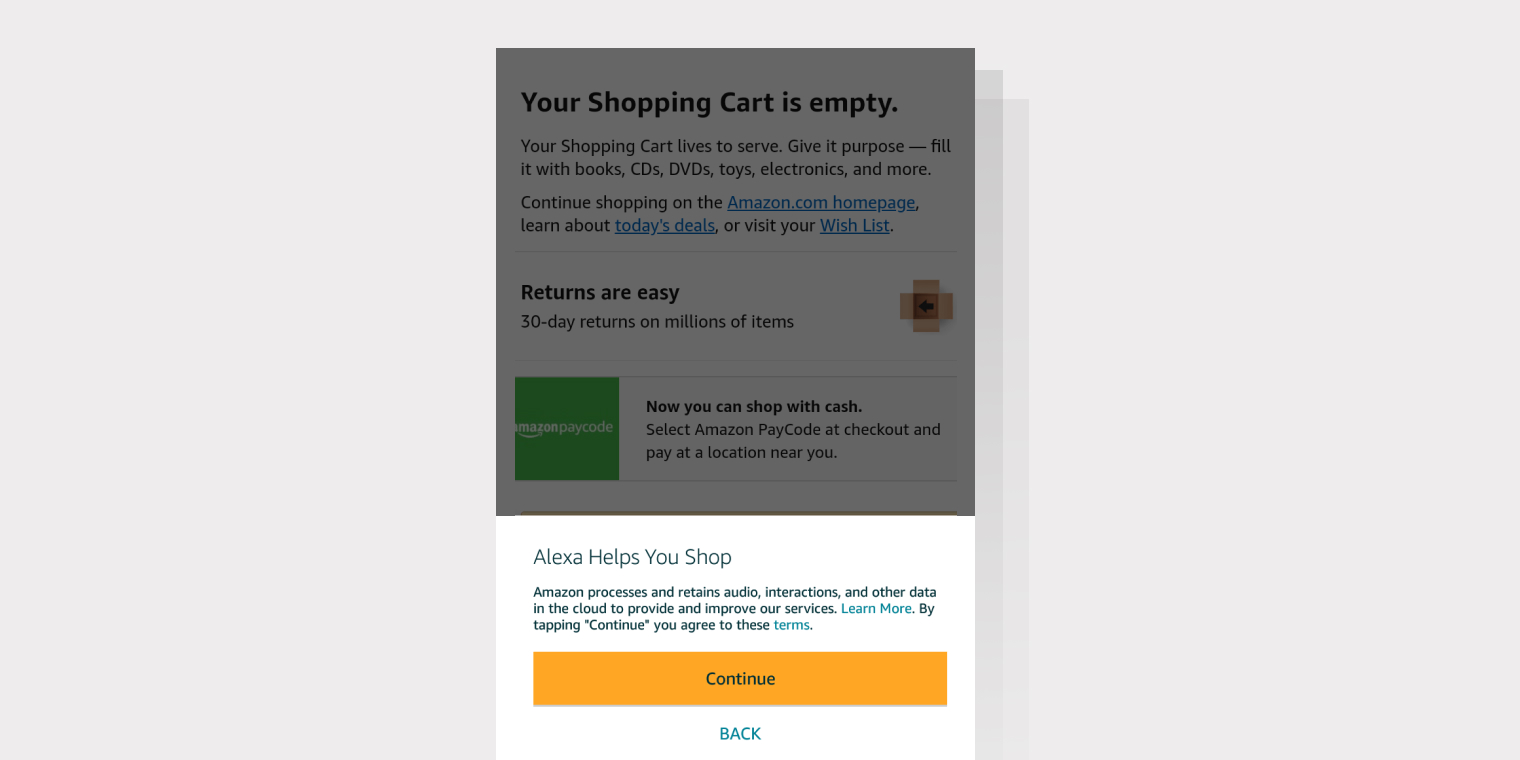
Notice the compelling headline which offers value to the user, and therefore catches attention.
7. Offer perks to engaged users
Offering perks to engaged users is a way to create loyal followers. Creating loyal followers works to your advantage because it causes them to recommend your mobile app.
Most consumers believe recommendations from other people over traditional advertising. In the case of mobile apps, the results of an Ofcom report posted by analyst Ian Maude on his Twitter account are telling:
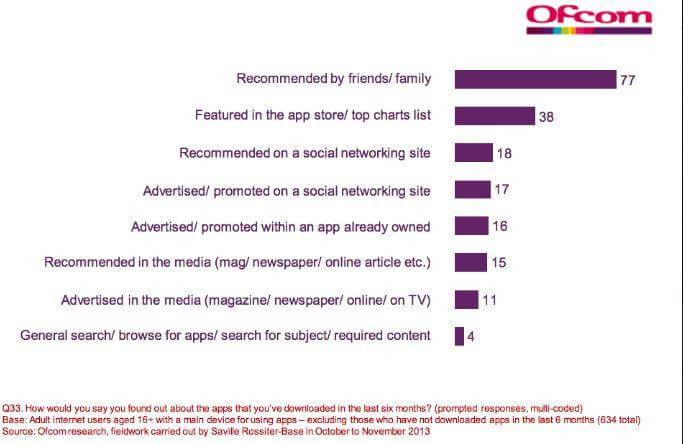
Your incentive programs will depend on the nature of your mobile app. For example, if it’s a mobile app that uses in-app purchasing as a model for monetization, then you can offer time-sensitive discounts to your loyal followers. You can also offer rewards for referrals made by your users.
Here’s a classic example of Amazon mobile app which offers exclusive deals to its ‘early access’ or ‘Prime’ users.
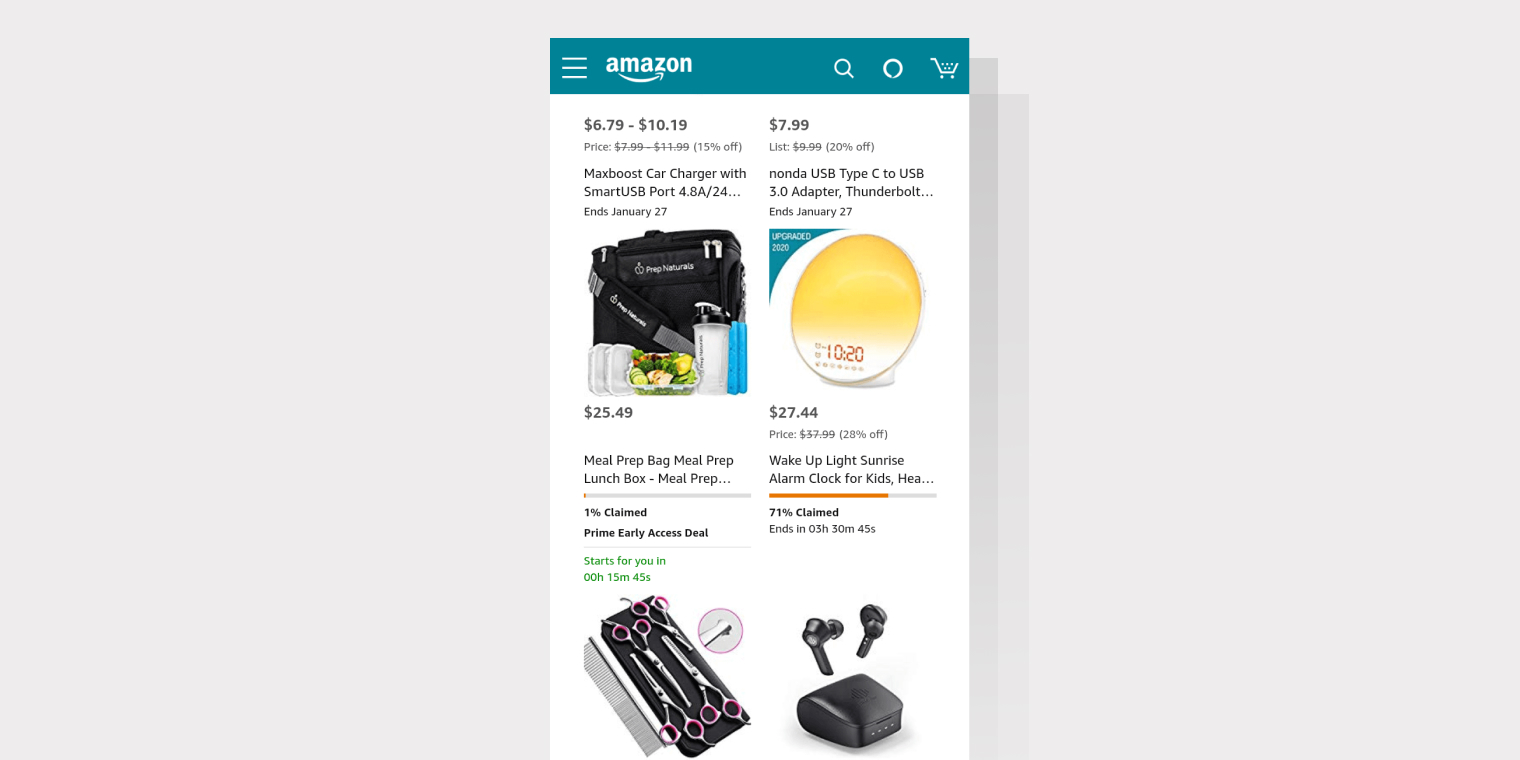
8. Continually develop and optimize
You have to update your mobile app with new features and personalized content to keep your users interested. That’s one of the reasons why it seems like most major mobile apps offer an updated version every few days.
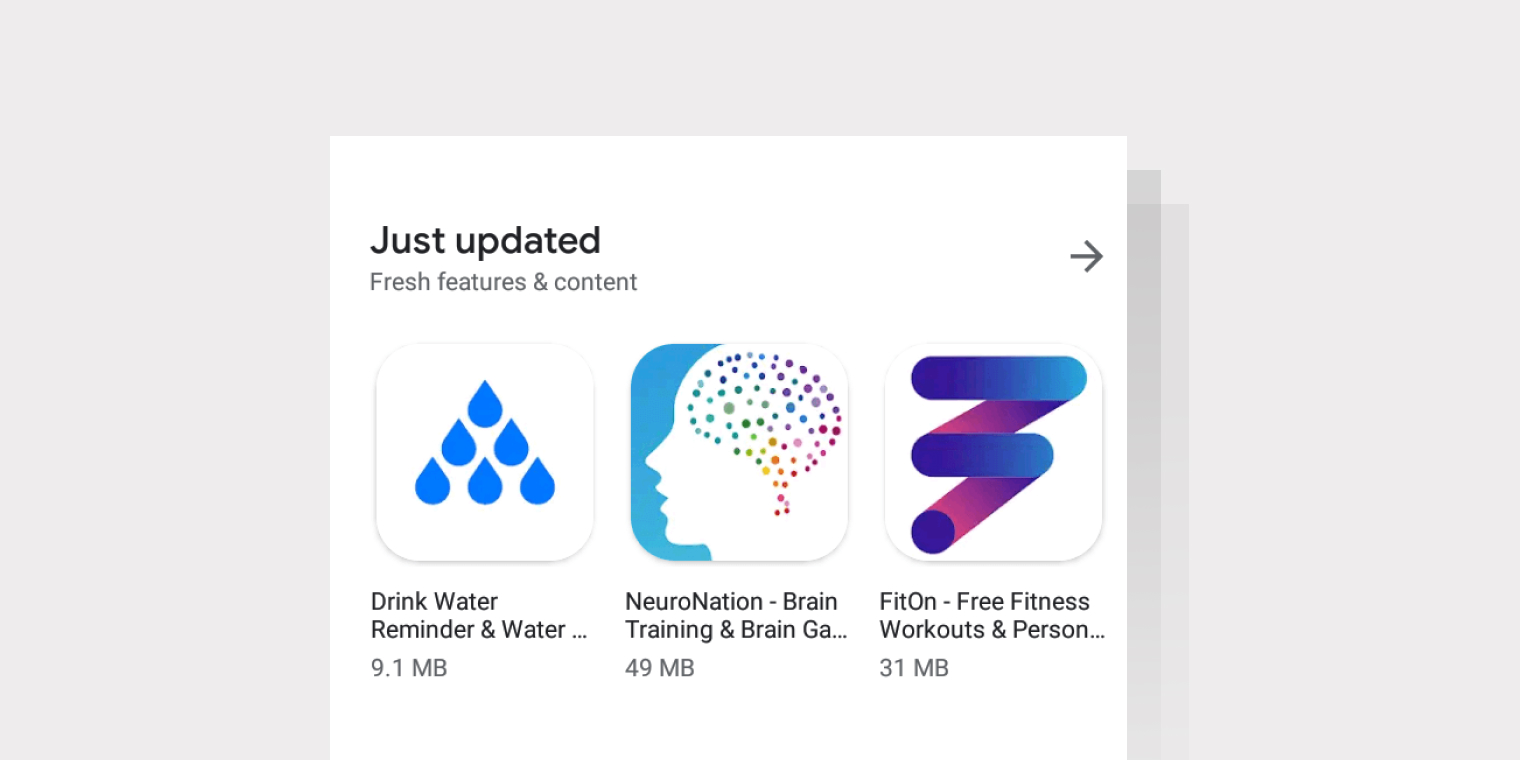
But don’t just update without thinking what your users want. Always track user behaviour and gather feedback so you can determine what updates will make your users want to stay.
Another way is to monitor your competitors so you can spot what they’re offering and offer the same, or better yet an improved version of it.
Wrapping up
In this article, we’ve seen the importance of user engagement and retention to the success of a mobile app. To that end, we’ve looked at eight strategies to increase user retention. You should track data from the start, allowing you to optimize your mobile app’s onboarding flow and personalizing user experiences.
You should also use gamification and employ push notifications to increase engagement as well as offer perks to engaged users and continually develop and optimize your mobile app.
Now the rest is up to you. Sure, creating a successful mobile app is no walk in the park. Still, if you plan and implement these retention strategies and complement them with effective mobile marketing strategies, there’s no reason your mobile app can’t be the next big thing.
Bonus Read – The 16 Mobile App Metrics You Must Track In 2023
FAQ
What is mobile app retention?
Mobile app retention is a critical metric that measures an application’s ability to maintain user engagement over a specified duration. It essentially gauges how many users continue to actively use an app after their initial download and installation.
It’s not just about having users download your app; it’s about how often they open and engage with it after the first use. A high app retention rate indicates that users find your app valuable and regularly return to use it, which is a strong sign of an app’s success.
A low retention rate, on the other hand, could suggest that your app may not fully meet the needs of your target audience or that users are finding more value in competitor apps.
What is the app retention process?
The app retention process involves strategies and practices to ensure that users not only download the app but continue to use it actively.
Here’s a breakdown of the process:
Step 1: Onboarding
This is where you guide new users through the basics, showing them around and highlighting your app’s features. Make it clear, friendly, and personalized.
Step 2: Engagement
Now, you need to entice users to explore further. Offer relevant content, personalize their experience, and introduce new features.
Step 3: Value addition
This is where your app truly shines. Show users how it enriches their lives, solves their problems, or simply makes their day more enjoyable. Surprise them with special offers, personalized recommendations, or unexpected features that keep them coming back.
Step 4: Re-engagement
Gently remind users about your app with personalized notifications, relevant updates, or exclusive offers.
Step 5: Feedback & optimization
Feedback and data are your secret ingredients! Listen to your users, analyze their interactions, and constantly refine your app. This lets you adapt and improve your app experience.
What are the Benefits of Mobile App Retention?
Here are some key benefits of focusing on app retention:
- Cost-effective growth: Keeping existing users happy is way cheaper than constantly chasing new ones. This leads to less marketing budget, more resources to improve your app, and a happier bottom line.
- Higher revenue: Engaged users become your paying customers. Whether it’s through in-app purchases, subscriptions, or premium features, loyal users fuel your app’s financial engine.
- Brand ambassadors: Happy users become your biggest cheerleaders. Their positive reviews and word-of-mouth recommendations bring in new users naturally, saving you on expensive marketing campaigns.
- Valuable user insights: Engaged users generate a lot of data about how your app is used. This feedback helps you understand what works, what doesn’t, and how to keep users coming back for more.
- Better App Store rankings: App store algorithms often favor apps with higher retention rates, leading to better visibility and potentially attracting more new users.
What are the disadvantages of app retention?
While focusing on app retention has many benefits, it’s also important to be aware of potential disadvantages. Understanding these can help create balanced app retention strategies.
Retention strategies often require significant resources, including time, money, and effort. Constantly updating the app, providing customer support, and creating personalized content can be resource-intensive.
Additionally, in efforts to retain users, there’s a risk of over-communicating through too many notifications or emails, leading to user annoyance and potentially increasing churn.






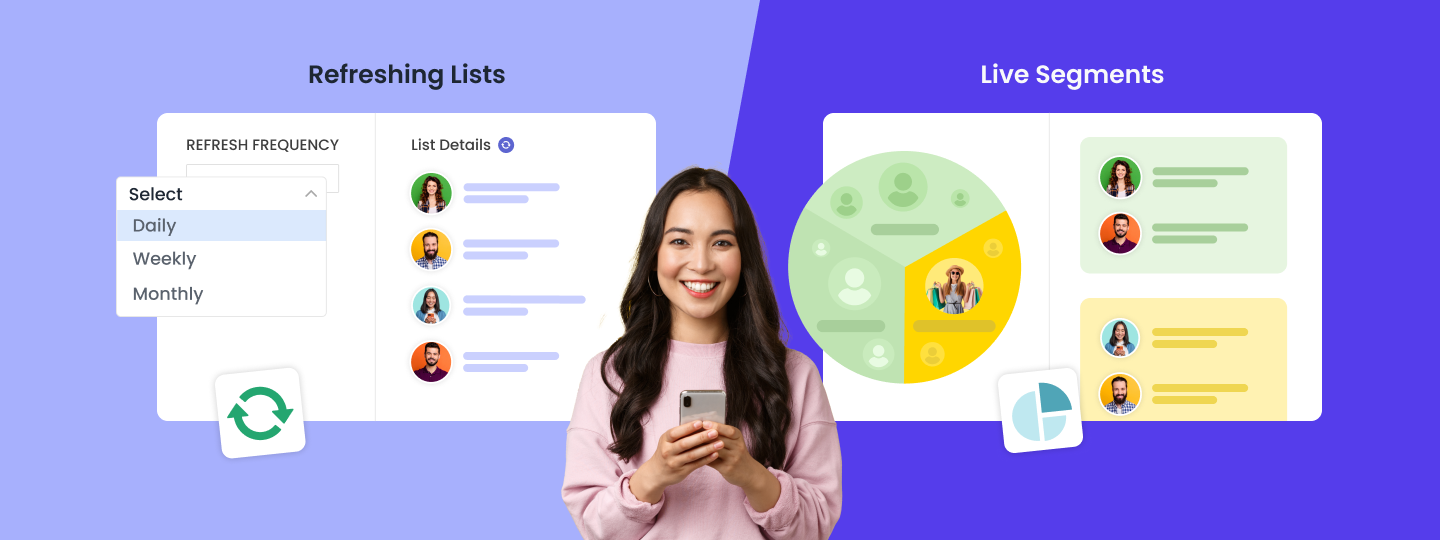
 Harshita Lal
Harshita Lal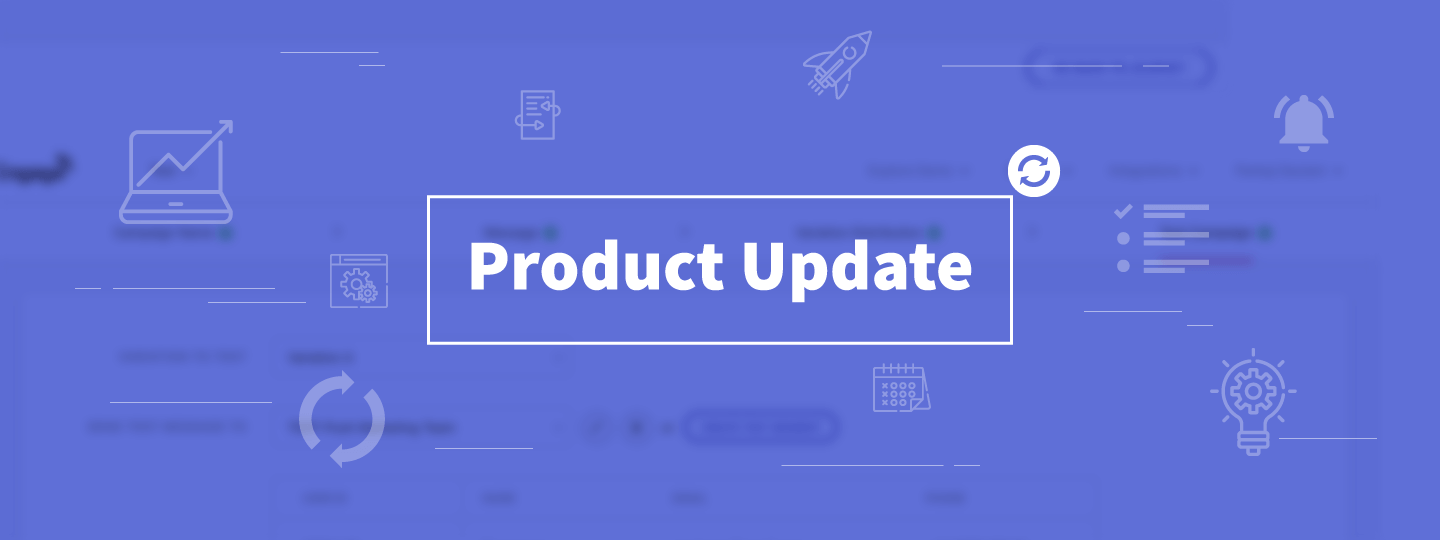

 Sanjay Mishra
Sanjay Mishra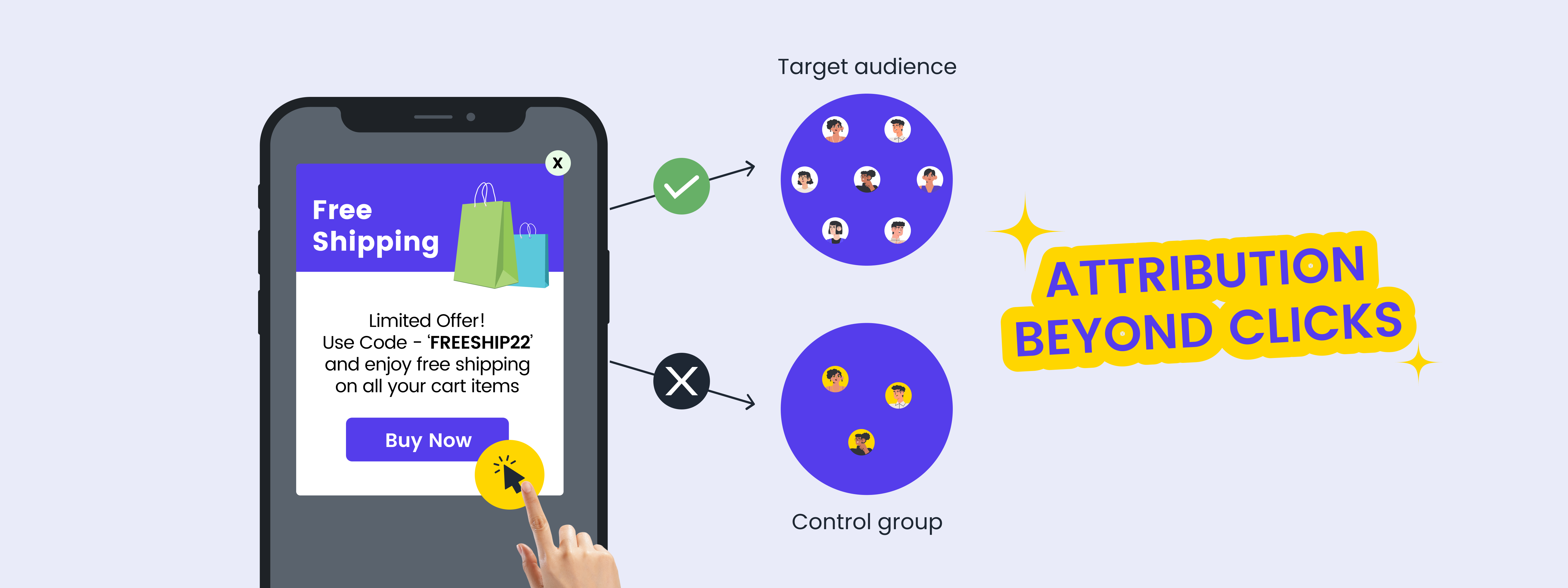
 Priyam Jha
Priyam Jha
 Surya Panicker
Surya Panicker
 Prakhya Nair
Prakhya Nair